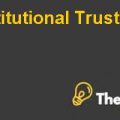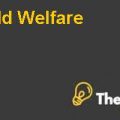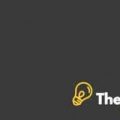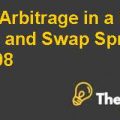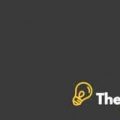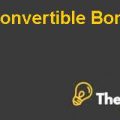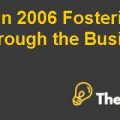
Betting on Failure: Profiting from Defaults on Subprime Mortgages Case Solution
Introduction
The study involves how investors could earn millions while there is an economic recession in the country, where many of them defaulted; looking at stock exchange market declining every day, no trade was profitable. So how could Paulson & Co. gain $15 billion while other investors were licking their wounds. Anthony Keating is Ph.D. in Metrology but turned in the finance world and joined BB&M a Financial service provider.
Mr. Keating impressed and shocked with news article published in wall street journal about the Paulson & Co. that how could they gain an enormous amount through his hedge firm by using credit default swap (CDS). So Keating struggles to find a gap in the market to use CDS and increase the value of its clients, which also makes him afraid of his reputation he has gained through his financial career.
CDS & MBS
Credit Default swap is a kind of financial instrument to hedge the risk associated with the underlying asset mostly bonds i.e. Subprime Mortgage Bond (MBS). Furthermore, CDS buyer pays periodic payments over the life of the contract to the CDS Seller, in return CDS seller agrees to make payment on default of underlying asset. If the underlying bond defaults during the life of the contract, then CDS seller will make payment of the difference between the face value of bond and market value of the bond.
A subprime mortgage is issued by the lending institutions to the borrowers with low credit ratings at a high-interest rate; because of borrower’s credit rating, a conventional mortgage loan is not being offered to them.
MBS are security backed bonds issued in the market through a proper structure. i.e. Lender issues a mortgage-backed security to the borrower probably with the help of mortgage broker, and bond issuer sells securities in the market against the loan. On other hand service provider collects monthly payments and charges service fees, and collected payments are paid to the issuer, furthermore, issuer pays payments to the lender and investors. See (Exhibit 1)
Hedge-Fund Firms
Hedge-fund firms use various investment strategies to get high returns on the investments made. Indeed, their investments are in very risky bonds, and they buy CDS as a protection against MBS to compensate the volatility. Similarly, Paulson & Co. bought CDS to come up with the more profit. There would be a much understanding of Paulson’s financial analysis which concluded to purchase the CDS offered in the market to hedge the risk associated with the mortgage-backed securities, and to earn the profit.
It is important to know that how profit was generated about the amount of $15 billion. When CDSs' are bought to compensate the risk, and CDS seller will only offset the downside of the price, i.e. If bond a bond’s face value is $100, and spread is 3% and during the CDS contract the bond’s value is declined by $10, so Seller will just make a payment of $5 only to CDS buyer and against this buyer will pay a 3% payment, which is $3 only.....................
This is just a sample partial case solution. Please place the order on the website to order your own originally done case solution.

